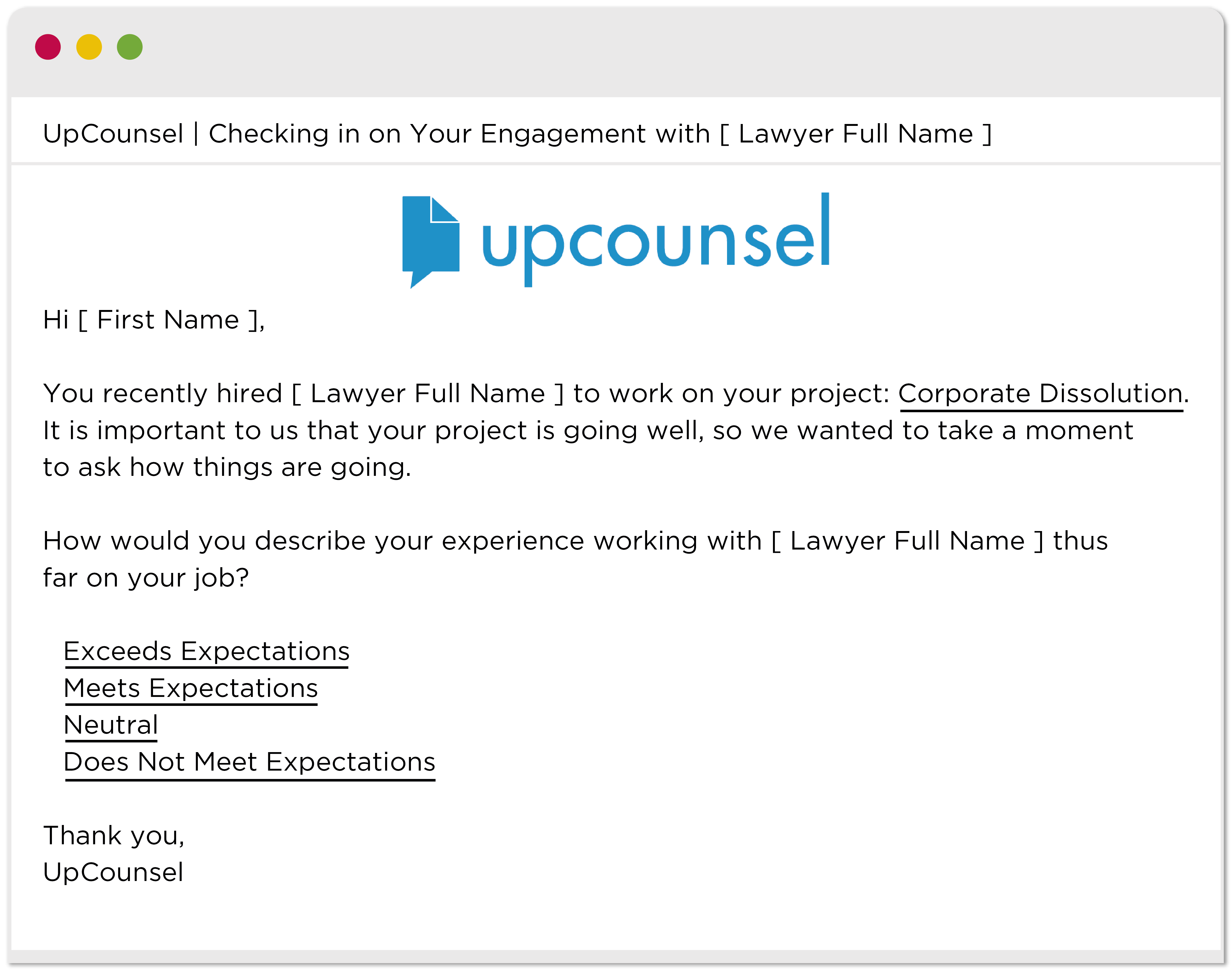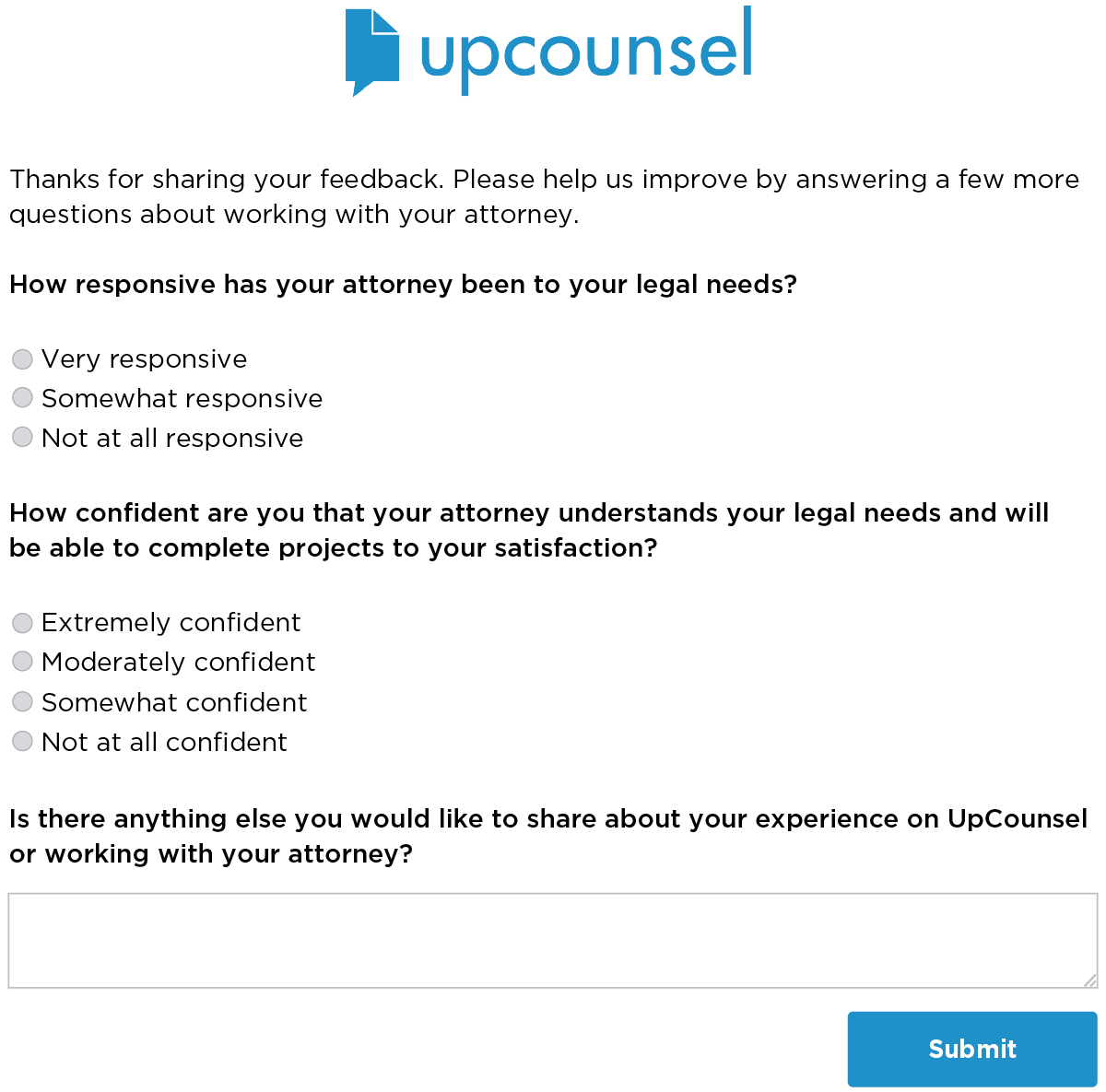“Absence of cancellation is not proof of the presence of delightion.” – Dharmesh Shah, HubSpot Co-Founder & CTO
With the increase in global competition for markets, satisfying customer expectations is no longer enough.
As W. Edwards Deming says: “It will not suffice to have customers that are merely satisfied. An unhappy customer will switch. Unfortunately, a satisfied customer may also switch, on the theory that he could not lose much, and might gain.”
Every customer interaction is an opportunity to delight and to create word of mouth from your product. Stewart Butterfield, Slack co-founder and CEO says: “Every customer interaction is a marketing opportunity. If you go above and beyond on the customer service side, people are much more likely to recommend you.”
So, is your product delightful?
How to Achieve Customer Delight
The best way to evaluate delight is to use a disconfirmation scale (based on expectation confirmation theory).
A disconfirmation scale asks respondents to rate whether an experience was better, the same, or worse than expected.
The input, a multi-point scale, can be captured by email, via an In-App message, or via a survey:

Because, in some ways, delight is an extreme form of satisfaction, it makes sense to look at data in relation to customer satisfaction.
Expectation confirmation theory surveys compare expectations against the experience. They look at three different states:
- Confirmation: Did the experience meet the expectations?
- Positive disconfirmation: Did it exceed the expectations?
- Negative disconfirmation: Did it fall below the expectations?
Answers will obviously be subjective—we all have our own standards and expectations.
With this survey, an unexpected positive experience can be viewed as delight. Responses can be used on their own, or calculated as a score using values -1 (negative), 0 (confirmation), and 1 (positive disconfirmation).
It can be interesting to dig further and understand which part(s) of the experience most influenced delight or dissatisfaction by asking a series of follow up questions:

Venture capitalist Tomasz Tunguz points to two key drivers of customer delightion:
- making the product evolve quickly; and
- great customer support.
Learn which parts of your product’s customer experience are delightful, and which aren’t. As a team, it will be your best opportunity to figure out how to achieve customer delight and create a great product.
– –
This post in an excerpt from Solving Product. If you enjoyed the content, you'll love the new book. You can download the first 3 chapters here →.